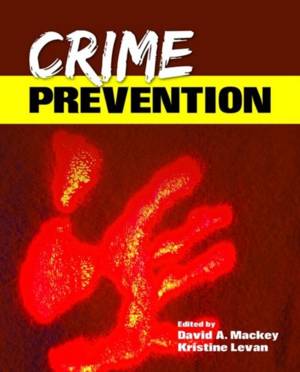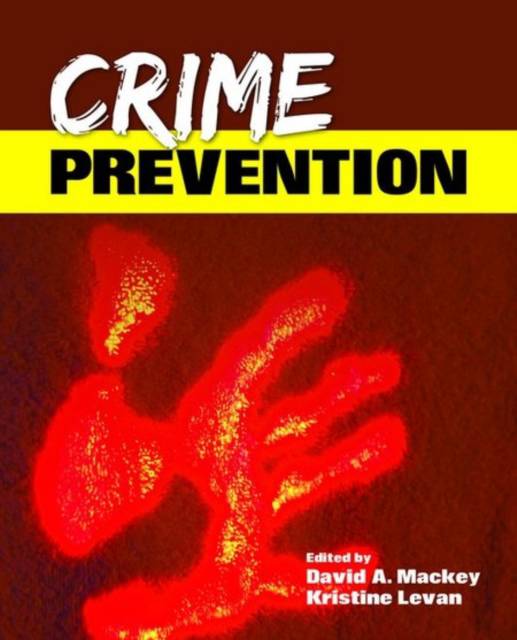
- Afhalen na 1 uur in een winkel met voorraad
- Gratis thuislevering in België vanaf € 30
- Ruim aanbod met 7 miljoen producten
- Afhalen na 1 uur in een winkel met voorraad
- Gratis thuislevering in België vanaf € 30
- Ruim aanbod met 7 miljoen producten
Zoeken
Omschrijving
Written by a collection of scholarly experts, Crime Prevention presents significant issues related to contemporary crime prevention efforts. Interdisciplinary in its approach, the text is written for courses within a criminal justice or sociology curriculum. Co-Editor and author, David Mackey begins by emphasizing the importance of crime prevention as it relates to financial and social costs and introduces students to the theoretical models of crime prevention. The subsequent order of the chapters parallels the medical model of crime prevention moving from primary crime prevention, secondary crime prevention, and tertiary crime prevention efforts. Traditional areas of crime prevention are reflected in the chapters on family/schools, guns, policing, sentencing, and correctional programs, and additional chapters cover emerging areas now considered critical to crime prevention, such as technology, surveillance, and specific efforts to protect more vulnerable populations. Key Features: - Includes a comprehensive look at the many facets of crime prevention, merging both the theory and practice. - Provides a comprehensive discussion on a range of crime prevention topics while incorporating a theoretical foundation, a look at previous research, and existing policy analysis. - Includes the most recent data in the field, acknowledging the recent changes in crime prevention due to increased awareness of terrorism and advances in technological capabilities. Resources: - Instructor resources include a complete Test Bank and PowerPoint Lecture Outlines.
Specificaties
Betrokkenen
- Auteur(s):
- Uitgeverij:
Inhoud
- Aantal bladzijden:
- 440
- Taal:
- Engels
Eigenschappen
- Productcode (EAN):
- 9781449615932
- Verschijningsdatum:
- 20/12/2011
- Uitvoering:
- Paperback
- Formaat:
- Trade paperback (VS)
- Afmetingen:
- 185 mm x 231 mm
- Gewicht:
- 680 g

Alleen bij Standaard Boekhandel
+ 383 punten op je klantenkaart van Standaard Boekhandel
Beoordelingen
We publiceren alleen reviews die voldoen aan de voorwaarden voor reviews. Bekijk onze voorwaarden voor reviews.











